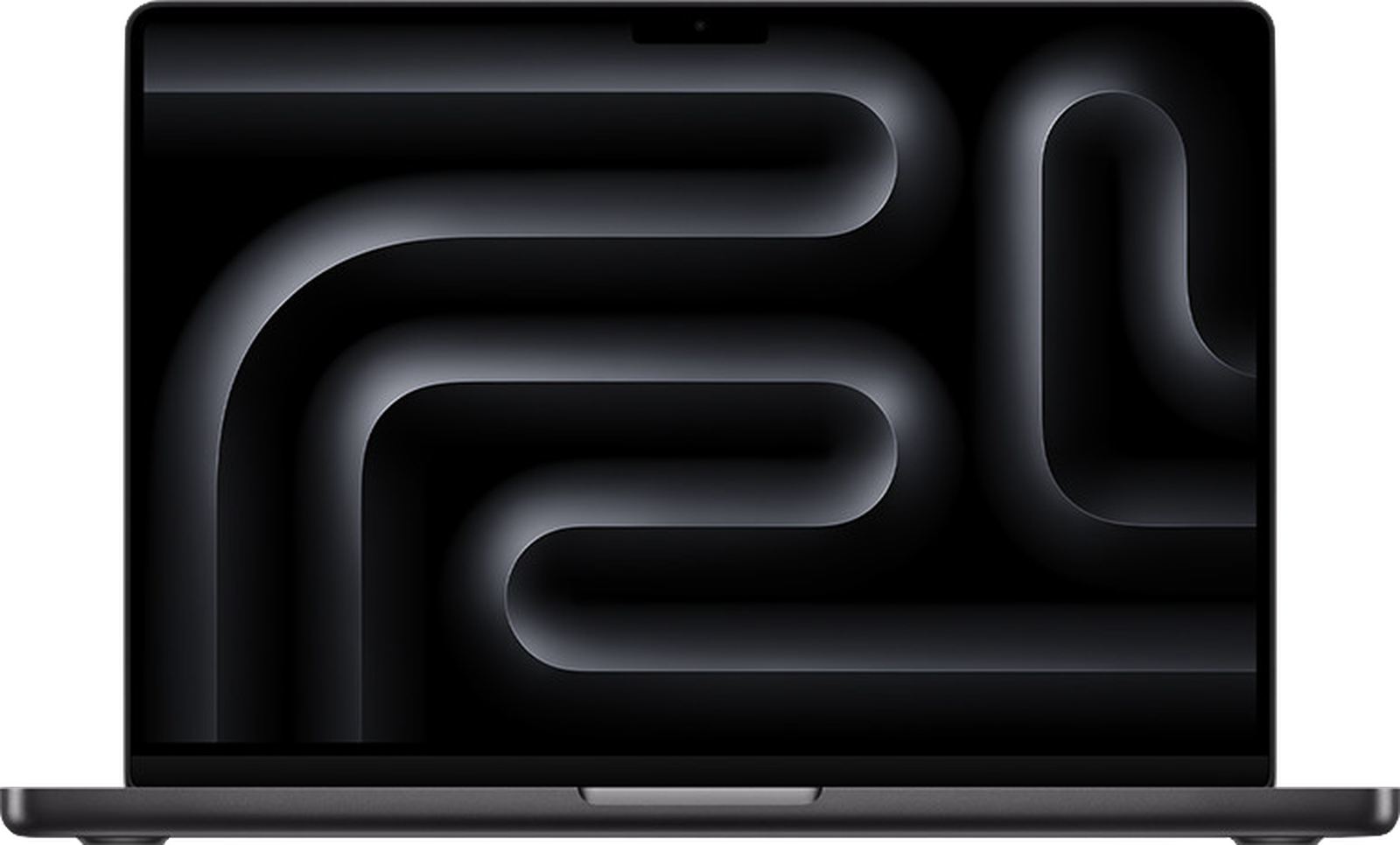I kind of gave up on that Mini. I think it will never be released. I guess is I’ll just stick with my old Mac Pro.
Yeah, if you need it for anything video related, anything that doesn't involve just chucking b-roll on a timeline and exporting tiktok shorts, the M1 Mini with even 16Gb is just not enough.
The M1 mini has only two things going for it, and it depends on those two things for its hype:
- internal disc access is fast, and I mean, lightening, the fastest thing in storage history, so fast that it can get away with swapping from memory all the time
- the chip, with built in basic acceleration for 8 bit formats like h264 and h265 gets incredible support from software - FCPX treats them as proxy and doesn't conform them in real time. I'm 99% sure it could be done on software level to any mac with dedicated graphics, but obviously Apple left it for Silicon to gain solid benchmark advantage.
Everything else on M1 is just iPad on steroids.
Silicon as a CPU, despite all the praise, can barely cut the mustard. Incredible read and write access helps a lot and Apple has done massive amount of work to create multiple ways in which the OS can accelerate otherwise very pedestrian amount of power, but use something that needs raw Hz - even ffmpeg encoding ProRes - and it runs slower than Intels many years ago.
The very few ports that M1 has are all crippled. It's all integrated and doesn't have half the stuff necessary for a desktop machine to work properly - so that Ipad power has to be diverted from basic resources all the time.
As a result monitors connected via Thunderbolt 4 randomly ghost and flicker on high contrast backgrounds when other stuff happens in the background. Monitors connected via HDMI randomly black out for fraction of a second, under heavy load.
Thunderbolt 4 hardware is stripped to bare minimum and has multiple display disabled, data speeds crippled and relies on external hubs to provide power and processing for multi device negotiation. It gets silly to the point where a fast SSD runs slower when connected to TB4 port of Mac Mini than via TB4 hub connected to the same TB4 port of Mac Mini (plenty of videos on YT to learn the chain of connections you need to gain extra speed).
Trouble with that solution is that TB4 hubs are licensed design, so there are only two or three versions of exactly the same motherboards on those hubs - it doesn't matter if you choose OWC, Kensington, Razer, CalDigit or Anker - it's the same stuff inside (check port layout on all those boxes and you'll see what I mean). One design for the small one and one design for the big hub. And because that design is properly TB4 compliant and our M1's are not, each and every one of them will be "buggy" on M1 Mac. All it takes to test is to connect a 40Gbps capable external drive to 10Gbps USB-A port on your hub (normally backwards compatible), and within a single transfer you M1 Mac will throw a hissy fit "this device use too much power" and will (oversimplifying) shut down negotiation with that port address. In truth, your M1 Mac is not providing power to that device, your hub is, but an iPad chip doesn't understand WTF is going on. By design it was only meant to have one port. The only way to regain that port/address on the hub from then on is to unplug and replug everything. Major pain in the backside.
Then there is the constant lack of memory. 16gb M1 Mini can spare you 16Gb of RAM and approx 40Gb of swap before excrement hits the fan. It completely loses track of things after that. That's about 5 minutes of ProRes media with reasonably busy layout of tracking points. Or, if you use plugins for spatial tracking, Silicon native MotionVFX 3D tracker can run out of the memory and all the swap across about 2 minutes of video. We will never be able to cheat those things. M1X/M2 doesn't need 32Gb of memory. It needs to come with options all the way to 128Gb or most of us are forked for another year until M3 or beyond.
From my rant you would think I'm angry - but I am not. I knew it was iPad on steroids when I bought it. You would think I am bitter - I am not. A little peed off that the rollout is so slow, I really thought M2 was just a matter of months, not years. I thought they had the whole Silicon thing sorted, seems not.
I don't have any bitterness or agenda. I'm just telling you, from my own experience, realistically, things that any i7 Mac could do without issues (other than slower disc access and lack of optimisation quirks than Silicon got in Big Sur) and M1 Mac Mini simply cannot. M1 is a benchmark wonder. But that's it. In FCPX M1 will start doing things faster but fall face down stumbling on its own shoe laces much quicker.
My workflow on M1 is now in few minute long chunks, mask, track, export, force quit FCPX when it runs out of all the memory, reopen, reimport exported media, do another chunk.
Why don't you buy Intel iMac Pro then, you ask - what's the point - Silicon is here to stay - support for Intel Mac's is on the way out. Spending any serious money on Intel Mac would be a very short term investment. There is simply no machine Apple can sell me at the moment - I just have to wait.


